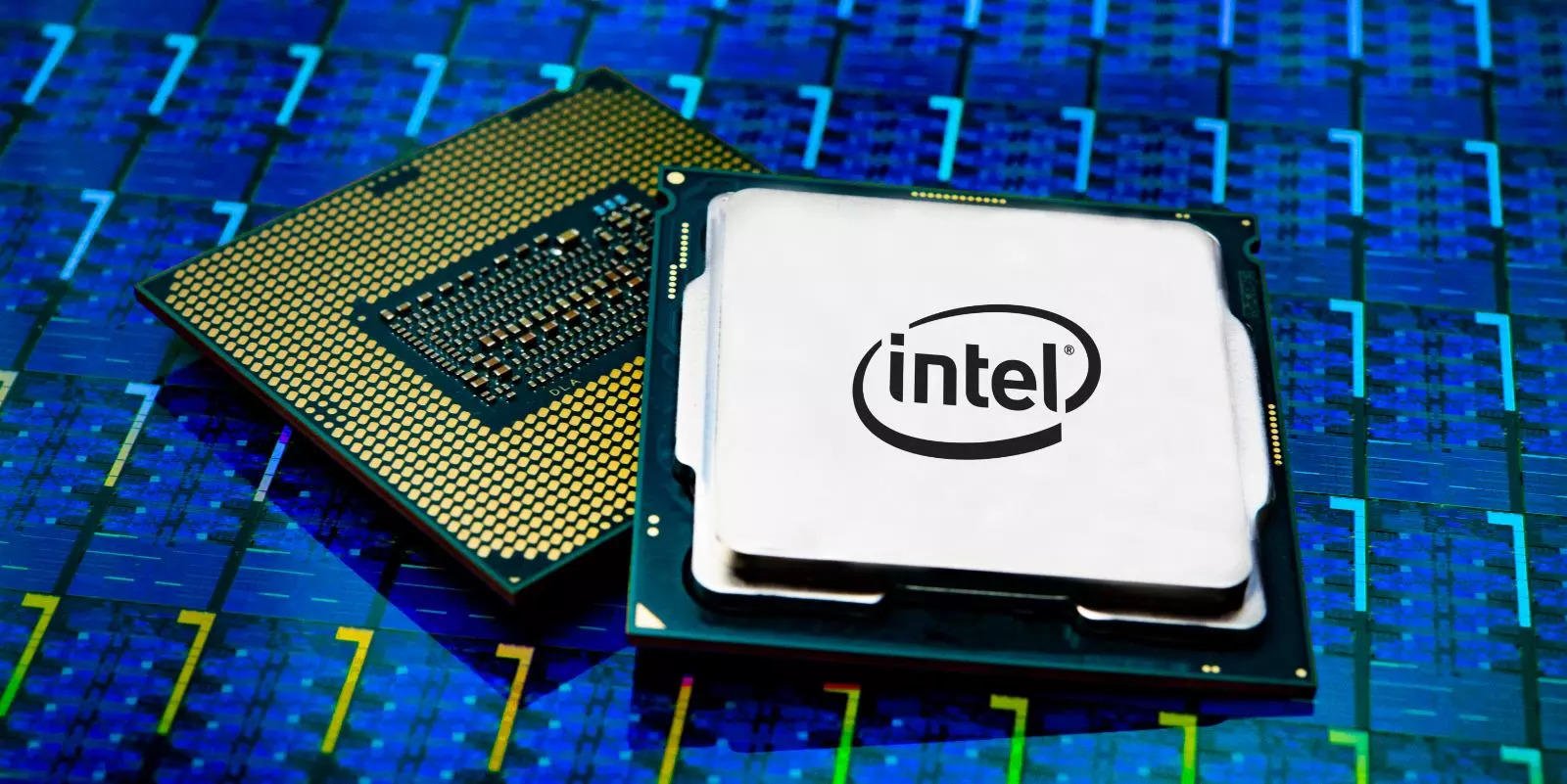Intel stock declined by 6% after it gave investors an update about its turnaround plan to become a chip manufacturing firm competing with the Taiwan Semiconductor Manufacturing Company.
Intel’s Chief Financial Officer David Zinsner explained how Intel would soon change the way it reports its financial results to give its foundry business, IFS, its own profit-and-loss statement, which would disclose its manufacturing margins.
Intel’s new reporting structure could help control prices at the chipmaker, which seeks to trim around $10 billion from its prices over the next three years.
Intel’s turnaround plan depends on catching up with TSMC’s manufacturing technology by 2026. Intel plans to use its own chips to resolve issues in its manufacturing before opening the factories to third-party firms.
If Intel successfully catches up with TSMC, then it will compete for deals to build high-performance chips from firms such as Apple, Qualcomm, and Nvidia.
Intel said it expected to announce a key consumer for its foundry business later this year.
Zinsner told, “The manufacturing group will now face the same market dynamics as their foundry counterparts. They’ll need to compete for volume through performance and price as internal customers will leverage third-party foundries and to attract external foundry volume, they must do the same.”
Intel’s recent update is focused on how it would use its manufacturing capacities for its own chips.
Intel said, “More updates on the foundry business and third-party customers would come later this year. Our own chip needs would contribute $20 billion in revenue to the unit next year.”
Intel said, “Our gross margin for the first quarter was 38.4%, down 51.3% in a year. We are shooting for 60% margins.”
Zinsner said, “We think we have a good path to 60 percent.”



